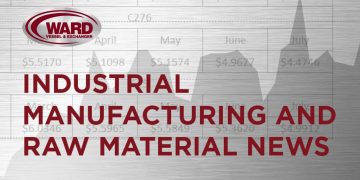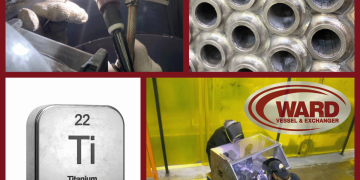Tag: Joint Design

#METALMARKETUPDATE – December 2025
Economic activity in the manufacturing sector contracted in November for the ninth consecutive month, following a two-month expansion preceded by 26 straight months of contraction, say the nation’s supply executives…

BENEFITS OF A SPECIALTY TURNKEY SERVICE PROVIDER
Know Your Metal (Pt. 6): Recap and Conclusion Wrapping Up the Series Over the last six months, we’ve broken down the behavior, best practices, and pitfalls of common materials used…

ASME PCC-1
The primary code that applies to nearly all pressure vessels and heat exchangers is the ASME Boiler and Pressure Vessel Code, Section VIII, Division 1. It contains all the requirements…

#METALMARKETUPDATE – November 2025
Economic activity in the manufacturing sector contracted in October for the eighth consecutive month, following a two-month expansion preceded by 26 straight months of contraction, say the nation’s supply executives in…

BENEFITS OF A SPECIALTY TURNKEY SERVICE PROVIDER
Know Your Metal (Pt. 5): Titanium – Light, Tough, and Technically Demanding Previously in the Series… Our Know Your Metal series has moved from the familiar to the formidable. We’ve…






